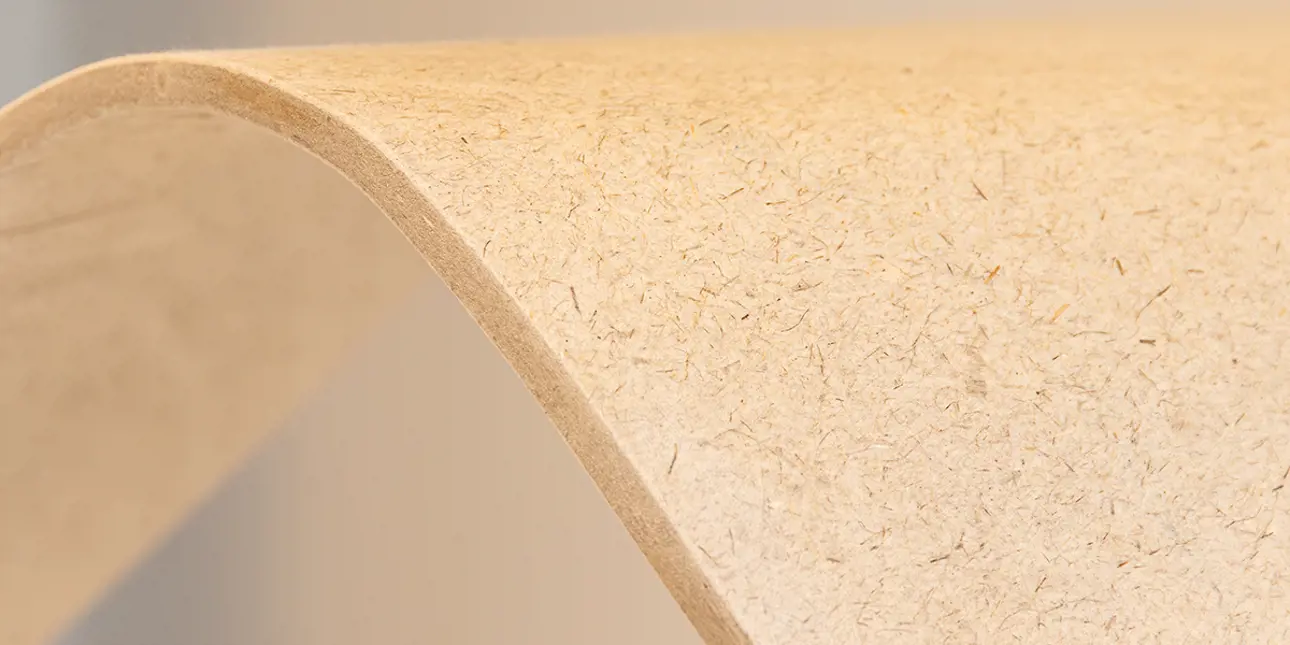Beyond Circularity: Manufacturing industrial-scale biocomposites
The co-innovation “High Performance Cellulose-based Composites” (HiPer) project was completed with exciting results in April 2024. In this project, Valmet collaborated with nine other Finnish companies and the VTT Technical Research Centre of Finland to study the use of biocomposites on an industrial scale.

Photo: VTT, Niina Hyry, 2023
Biocomposites can play a crucial role in transitioning to lighter materials, reducing the use of fossil-based raw materials, and improving recycling efficiency to reduce industrial emissions. The two-year ecosystem project was co-funded by Business Finland, and it was a part of its two Veturi-programs: Valmet’s Beyond Circularity and Fortum’s and Metsä’s ExpandFiber.
The project’s aim was to generate a completely new product portfolio based on lightweight sustainable composite materials suitable for several industrial sectors such as construction, automotive, transportation, furniture, and packaging.
It was extremely inspiring to work on the HiPer project. Cooperation in the project team was innovative, and all project parties were extremely committed to developing futuristic innovations. The ecosystem network covered the entire production chain, from raw-material manufacturing to end users, ensuring a wide perspective,
says Mervi Kuoppamäki, Development Manager, R&D, and Valmet’s representative in the project. She continues:
“At Valmet, we have strong paper machine and process technology expertise. The HiPer project allowed us to investigate new products with partners which could be made with paper machines. Even though the ecosystem project is now completed, we’re continuing work at Valmet. The project provides us a solid foundation for more detailed machine concept design.”

Manufacturing of thermoplastic composites on a pilot paper machine
During the project, the HiPer project team focused comprehensively on development work.
“We successfully demonstrated the manufacturing of thermoplastic composites on a pilot paper machine. We used foam forming technology, originally developed for the paper industry, to produce pulp-based biocomposites. This novel technology enables high production volumes, energy-efficient production, and increased flexibility with new raw materials. VTT’s expertise and experience in foam technology and long fibers were a crucial factor in securing the successful piloting,” Kuoppamäki says.
In general, HiPer-materials can be processed with normal woodworking tools, function in conventional converting processes. This opens a world of possibilities for various end uses, from furniture to automotive parts, without compromising on the performance or aesthetics.
Two innovative examples presented
The project presented two new HiPer material demos to showcase the versatility and potential of HiPer biocomposite materials.
- The HiPer Suitcase made entirely from HiPer biocomposite material
- The Tutto Active chair by ISKU. Crafted from a cellulose-plastic compound that uses natural annual fibers, polypropylene, and wood pulp from Finnish forests as raw materials.
Photo: VTT, Niina Hyry, 2023


